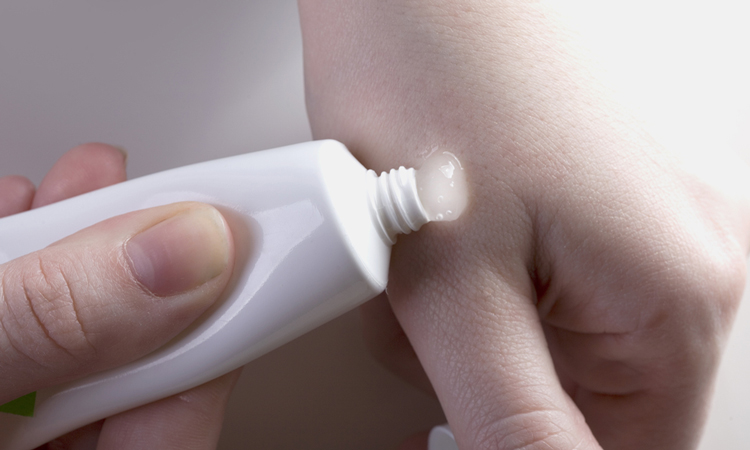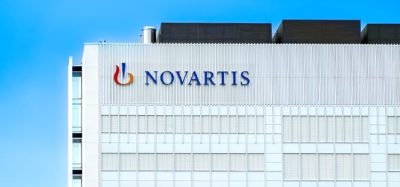The NPL will contribute a stimulated Raman spectroscopy – a non-invasive, accurate and sensitive tool to determine the rate and extent at which a topically administered drug becomes available at its site of action within the skin. The method enables analysis of the drug and quantification of its transport across the skin in real time. Alongside this, NPL’s mass spectrometry imaging expertise enables the results from the Raman experiments to be rigorously calibrated and validated.
These powerful imaging techniques will provide complementary information to allow a detailed analysis of drugs that are applied to the skin. According to the researchers, this will lead to new and accurate methods for the measurement and standardisation of topically applied drugs and ultimately, the development and broader accessibility of more effective products.
Dr Natalie Belsey, Senior Research Scientist at the NPL said: “Coherent Raman-based optical imaging methods enable non-invasive, real-time chemical measurements. The mass spectrometry imaging capability at NPL brings major benefits of sensitivity and chemical specificity. In combination, these complementary spectroscopic imaging methods offer a powerful technology tool kit with which to asses and enhance the performance of formulated drug products.”
Professor Richard Guy at Bath University explained: “The project aims to develop and validate a novel and non-invasive application of Raman and mass spectroscopic techniques to evaluate the bioavailability of a topically applied drug in the skin. The successful attainment of this objective will advance regulatory science and accelerate the route-to-market of new drug products.”










